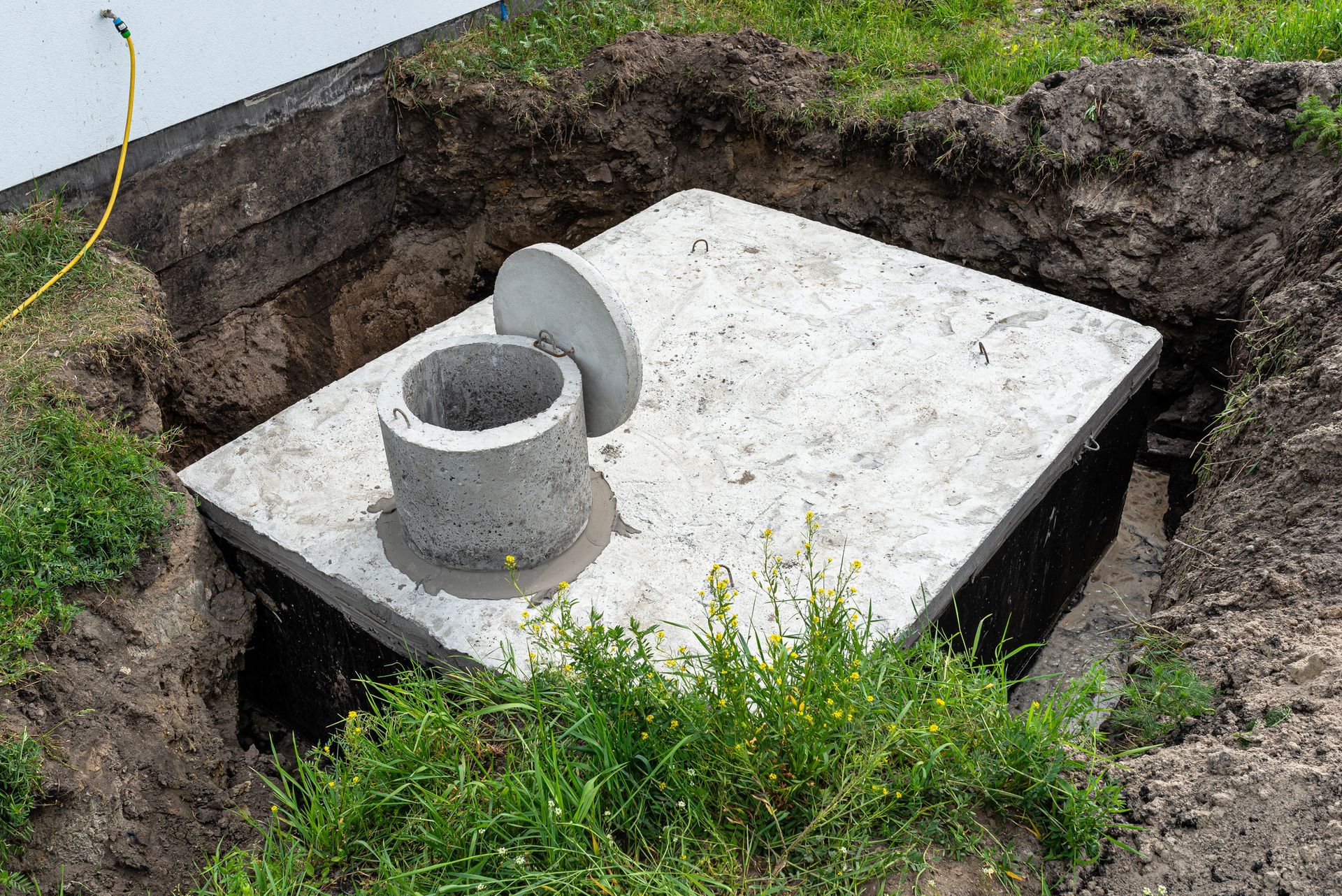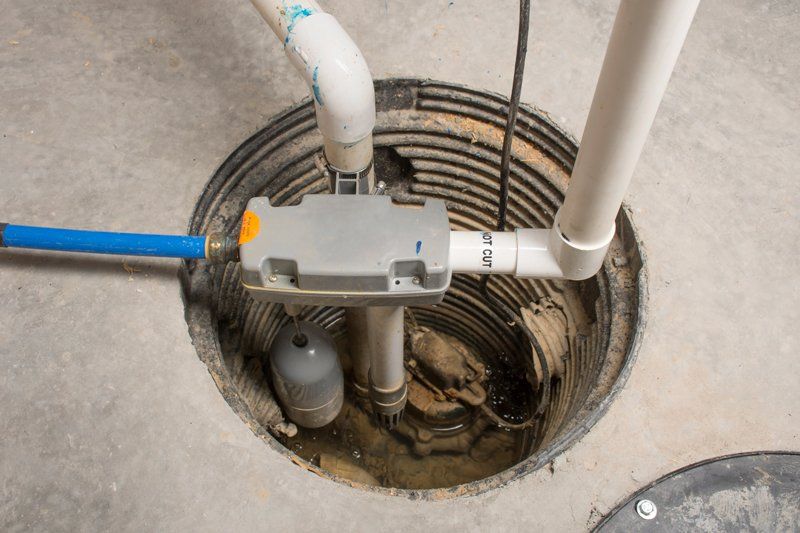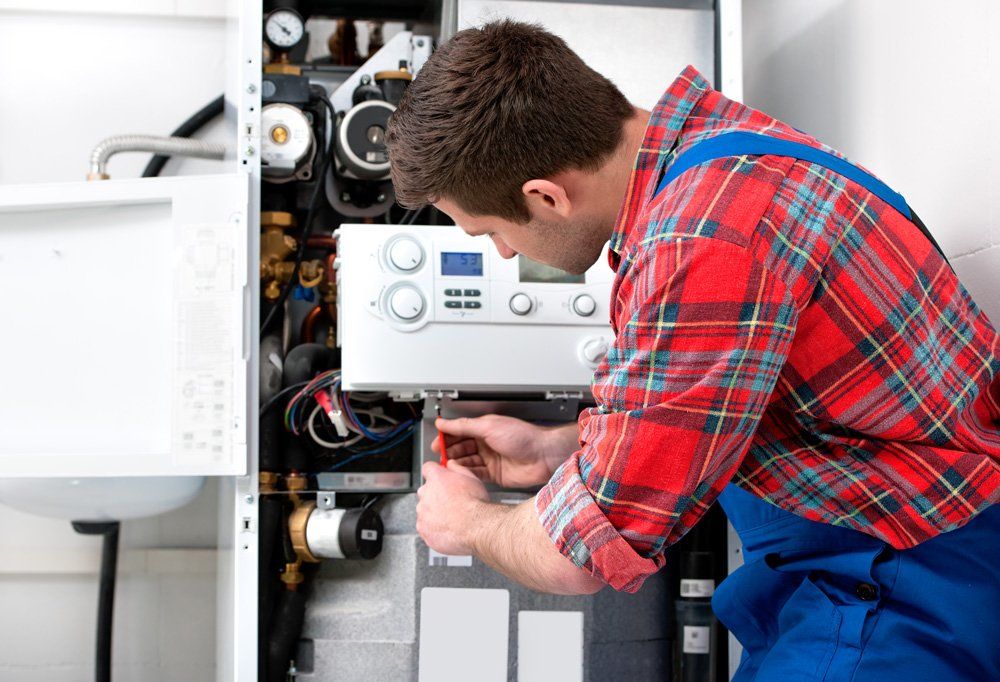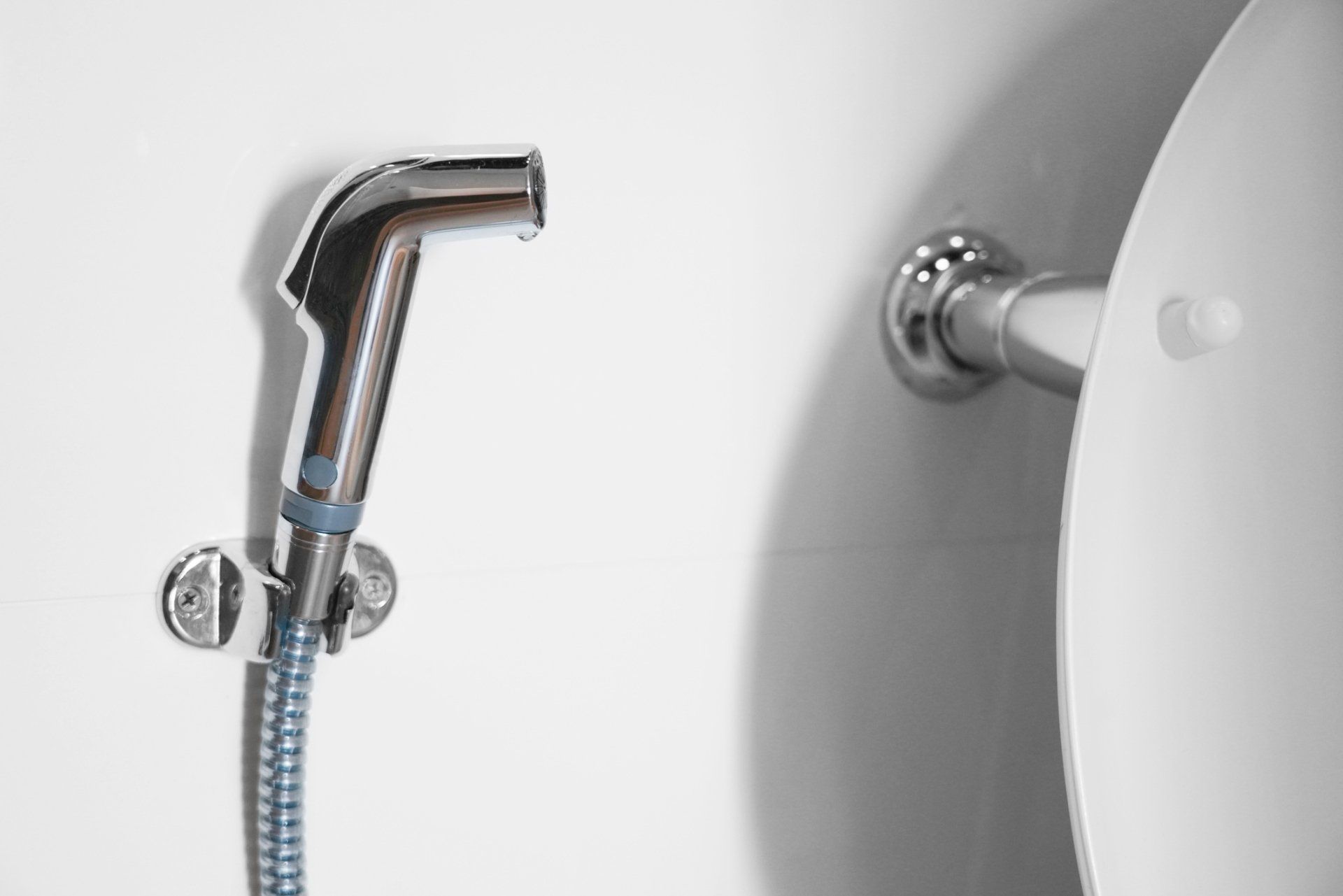What to Do When You Find a Burst Pipe
Admin • December 12, 2019
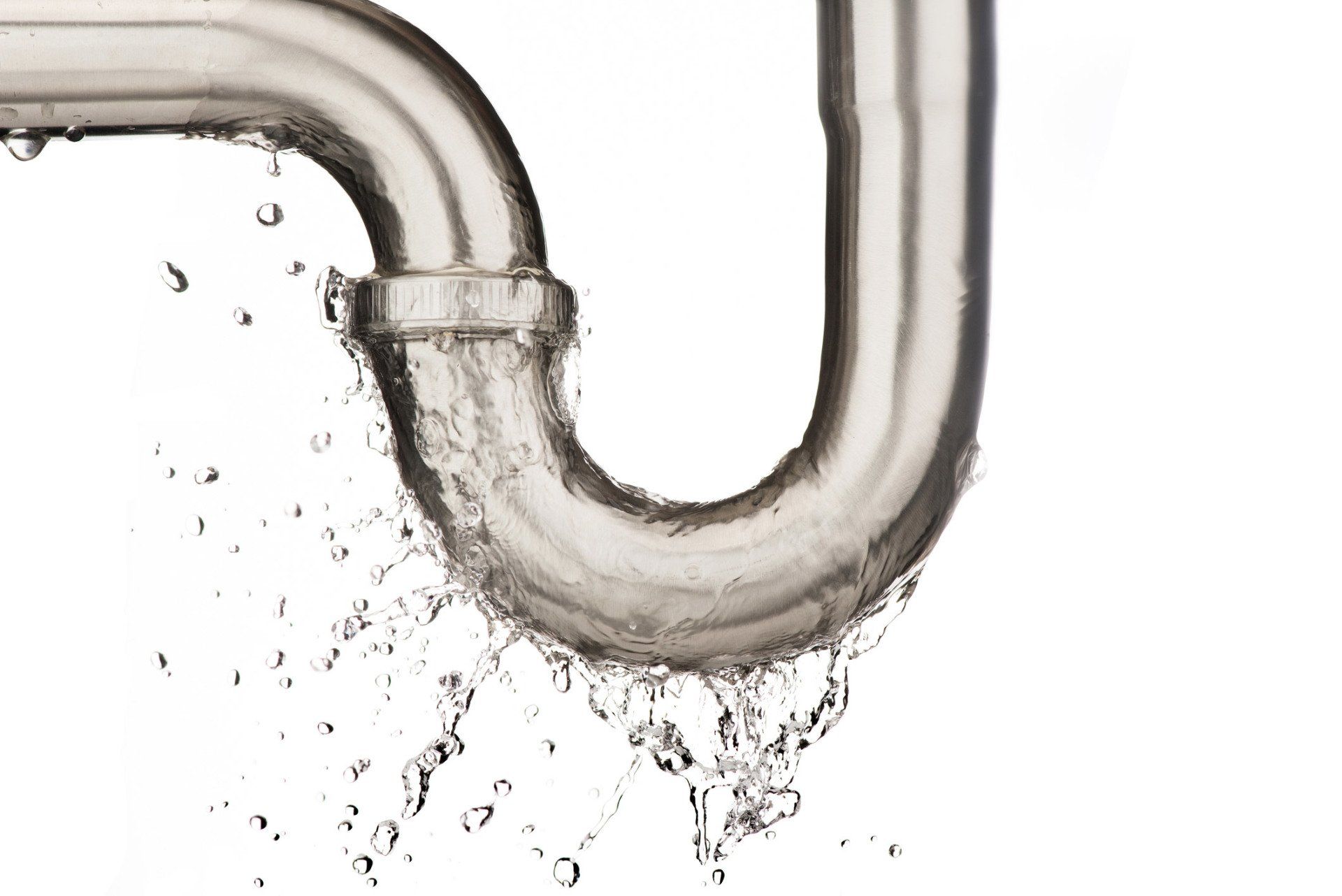
A burst pipe is not fun to discover, and they can cause substantial damage if you don't discover it soon after the pipe breaks. In order to minimize any further damage this pipe might cause, you should know what to do the moment you find a burst pipe in your home. Here's a step-by-step guide on what actions to take.
Step 1: Turn Off the Water Supply
When you turn off the water supply to a burst pipe, there's no way for the broken pipe to cause more damage because water will stop flowing to it. As soon as you discover a potentially burst pipe, you should immediately turn off the water supply to the pipe. Depending on where the pipe is located, there are a couple of ways you might turn off the water supply.
If the pipe directly connects to a fixture or appliance, such as a sink, toilet, or water heater, there's likely a valve nearby that controls water to the fixture. The valve will be somewhere near the fixture, and it'll probably be along the wall. You can simply close this valve, and no more water will get to the fixture or go through the burst pipe.
Feature-specific valves are normally easy to close. You might need to move a lever or turn a handle, but there's typically no special tools required. In a worst-case scenario, the valve might be stiff and you may need pliers for some extra leverage.
If the pipe isn't near a fixture or you can't locate a feature-specific shut-off valve, you'll have to turn off the water at your home's main shutoff. This will stop all water flowing to your house, which may not be ideal but is better than letting a broken pipe flood part of your home.
Your home's main shutoff may be located in a basement, along an outside wall, or in a utility room. You can turn some shutoff valves by hand, but others become hard to move and require extra strength to close. Because the location and difficulty of closing this valve vary, you should look for and test the valve prior to an emergency like a burst pipe.
Step 2: Sop Up Any Pooled Water
Once there's no more water leaking from the burst pipe, the next step is to sop up any water that's pooled around or under the pipe. You'll want to soak up this water as much as possible so that it doesn't seep into a floor or wall, or destroy personal belongings.
You need to do this as quickly as you're able to, because it doesn't take water long to seep into flooring. Water can penetrate laminate flooring in four hours if the floor is submerged, and other types of flooring might be even more susceptible to water damage.
Because speed is essential in this step, use whatever you have on hand to remove the water. A mop, bath towels, washcloths, and even paper towels might be helpful.
Step 3: Call a Plumber
Third, you can call a plumber after you have removed the immediate threat of additional damage. Get in touch with a plumbing service provider, and schedule a service soon. You can decide whether to have an emergency call or wait until standard business hours, but you won't be able to use the fixtures that the burst pipe services until a plumber replaces the pipe for you.
While you should take care of the immediate threat of water before contacting a plumber, this last step isn't one you want to delay. If you have a burst pipe, many other homeowners in the area likely do too - and plumbers could get booked up. One plumbing company saw a 50-fold
increase in call volume after cold weather.
If you have a burst pipe and need a plumbing services
specialist, contact Roto-Rooter for around-the-clock help any day.

